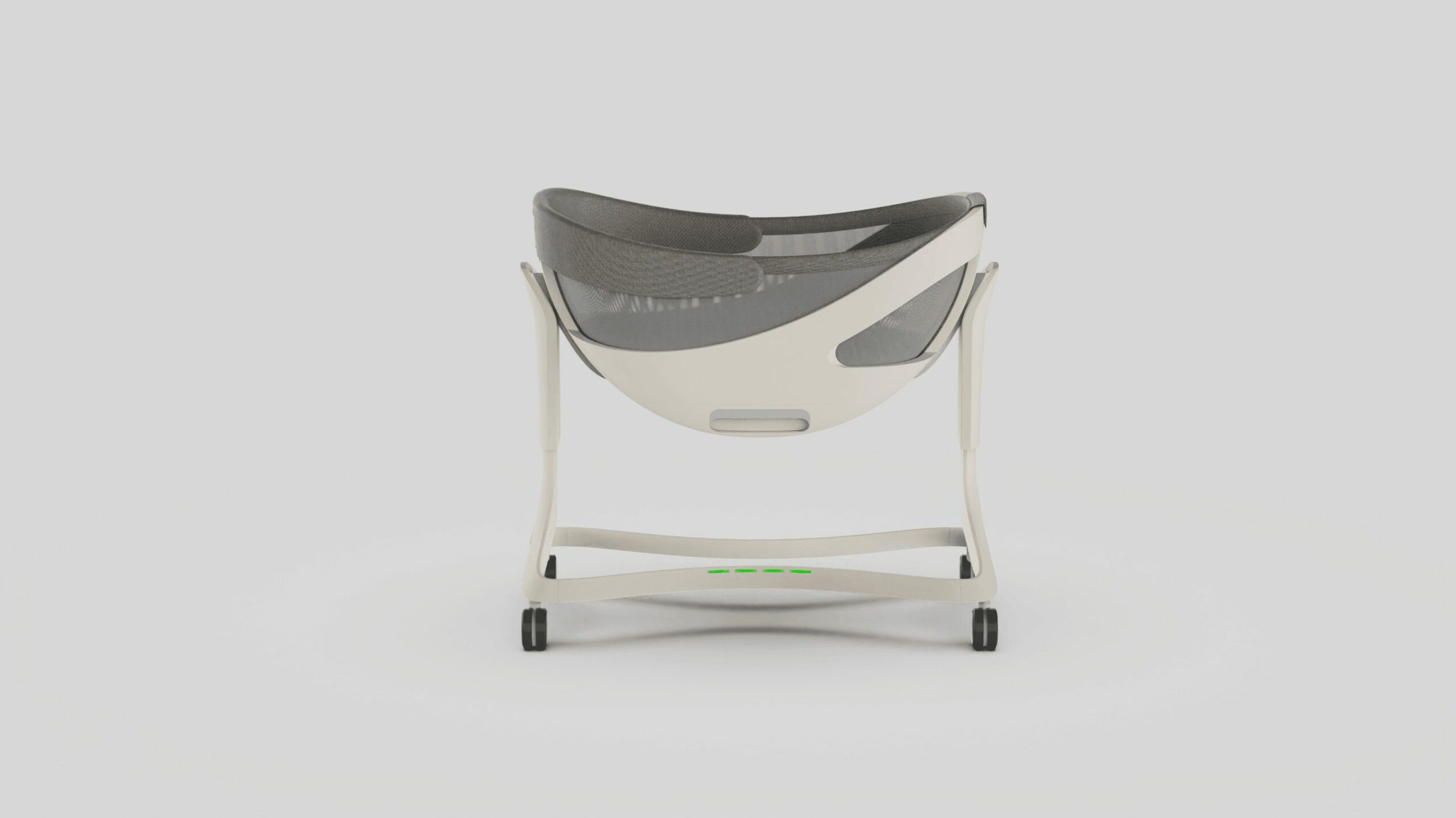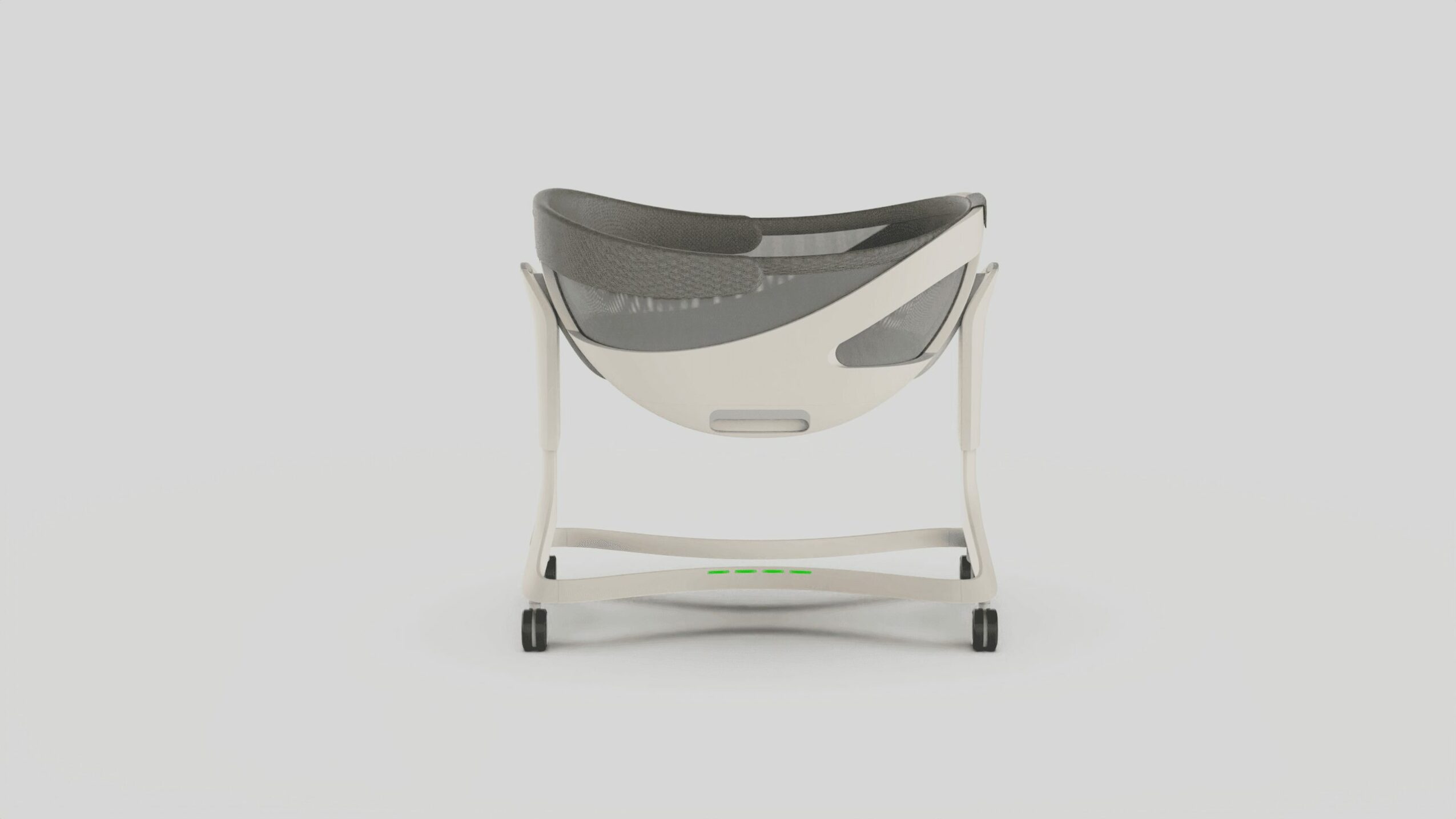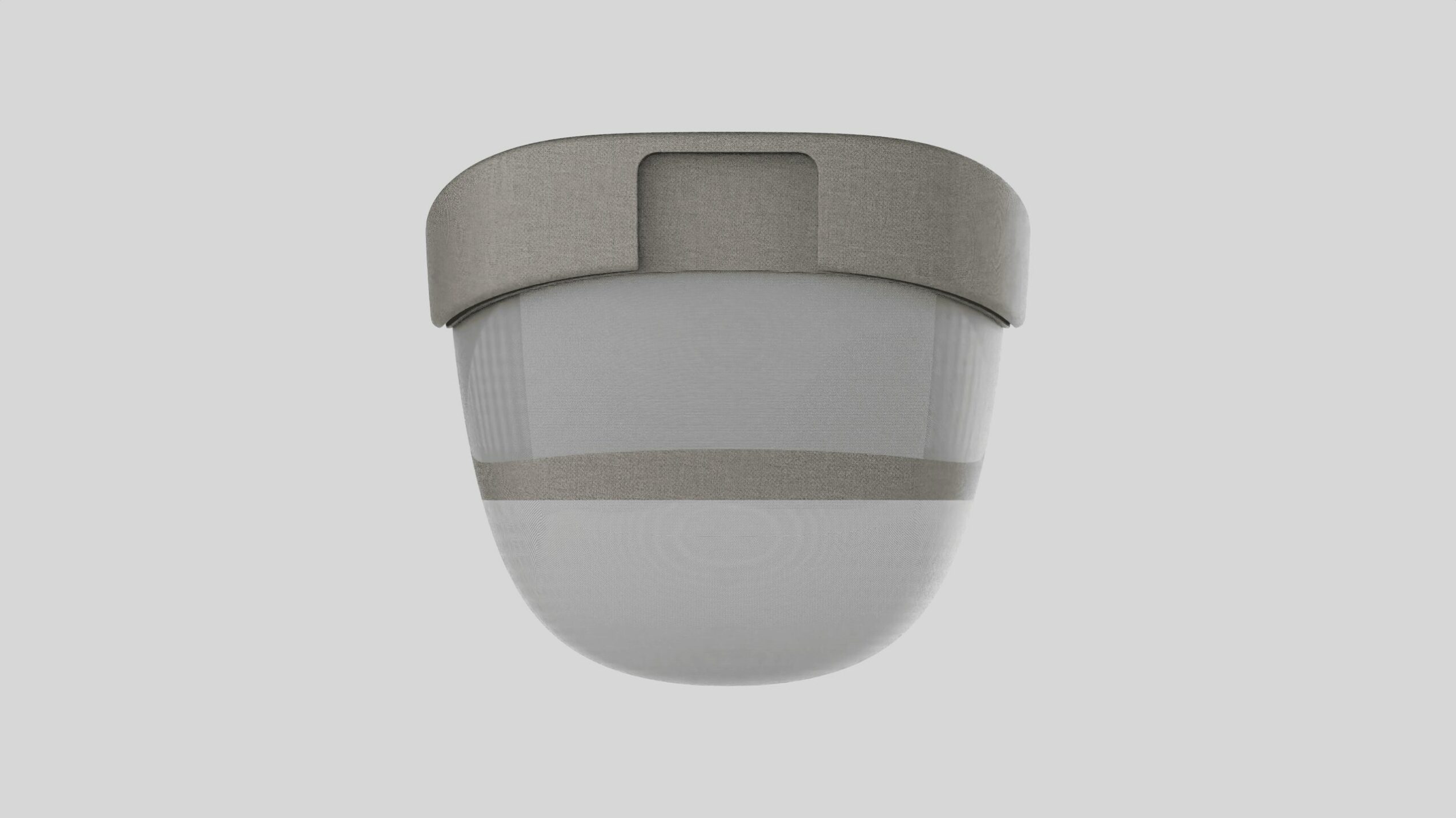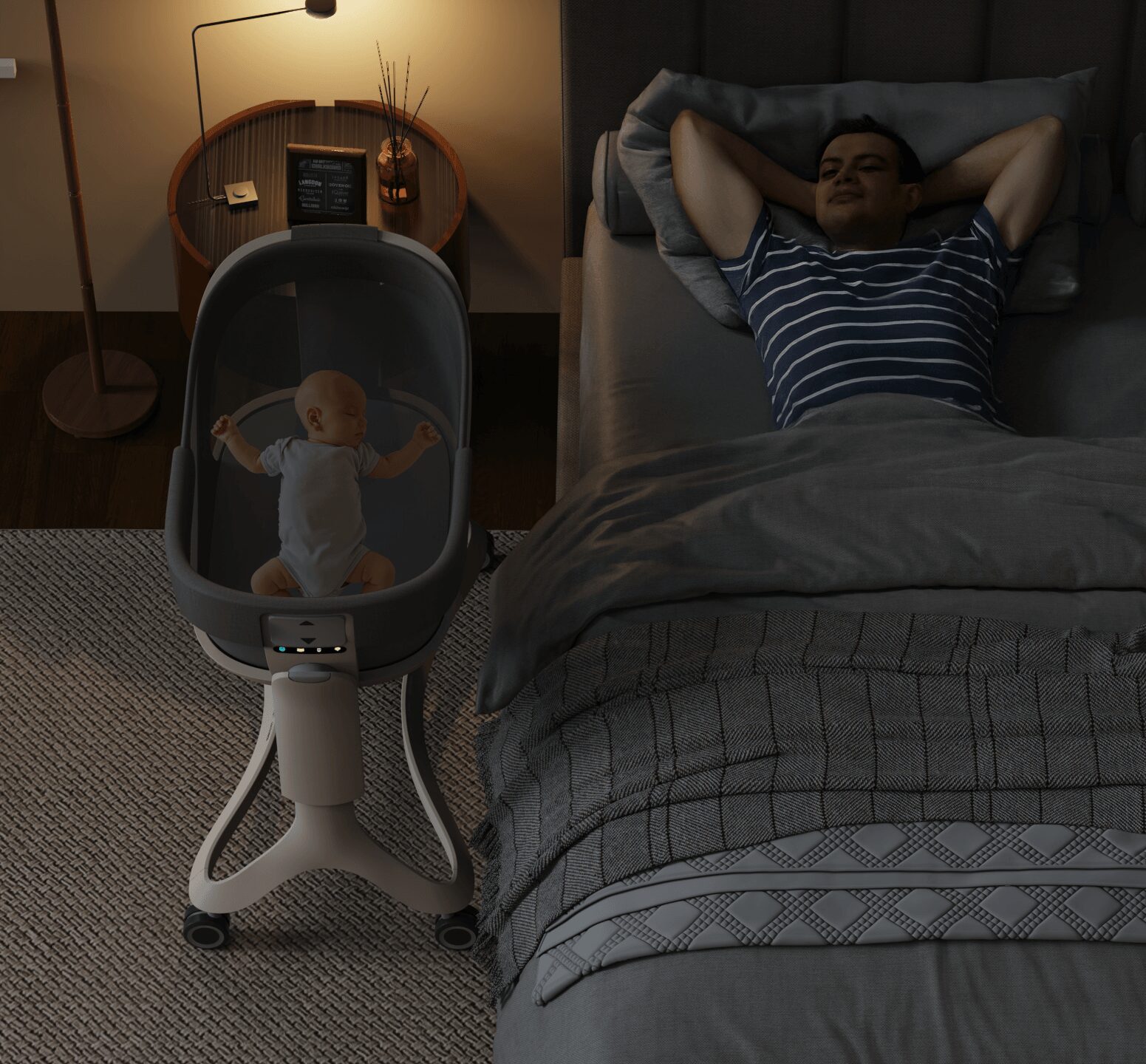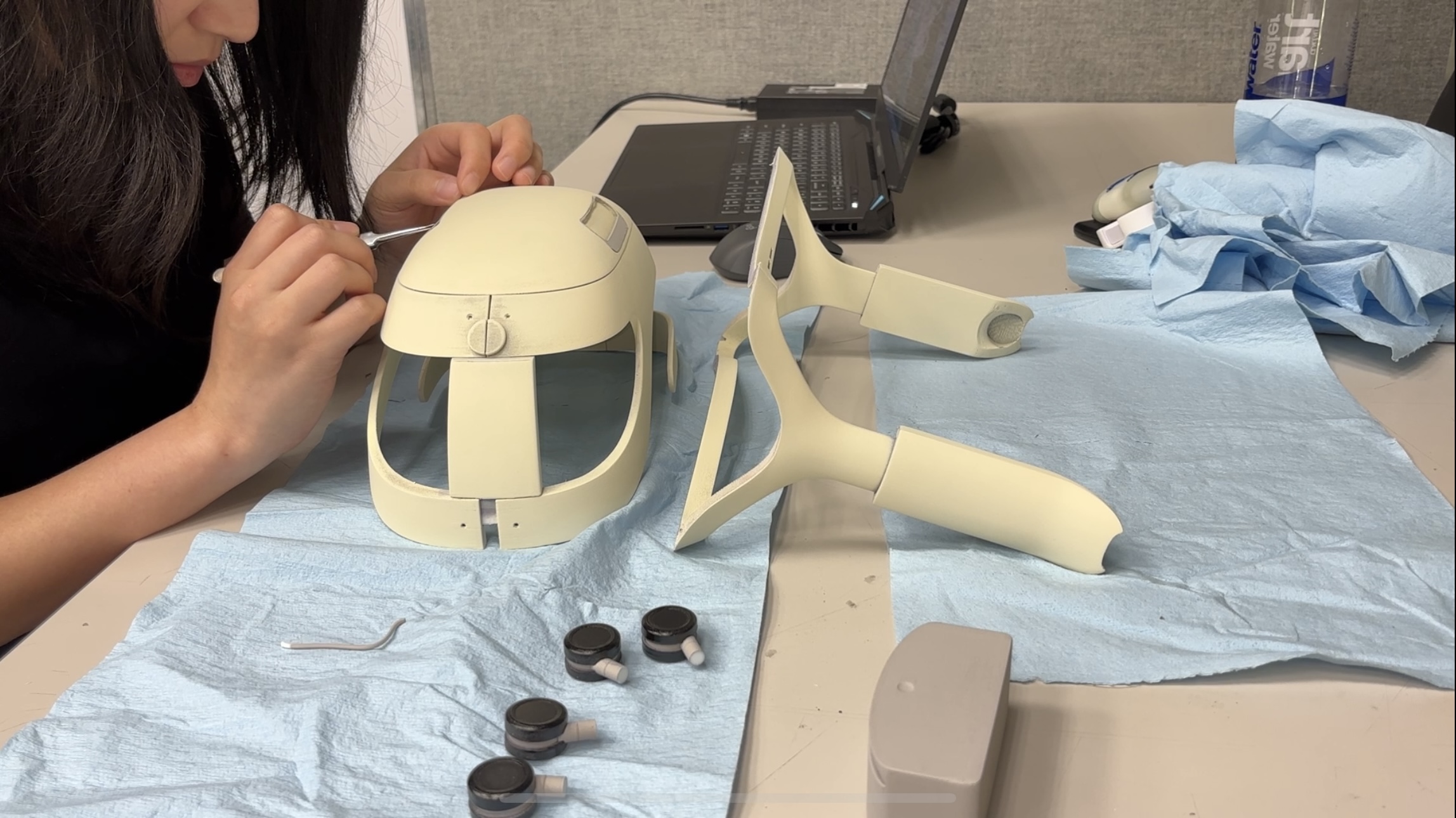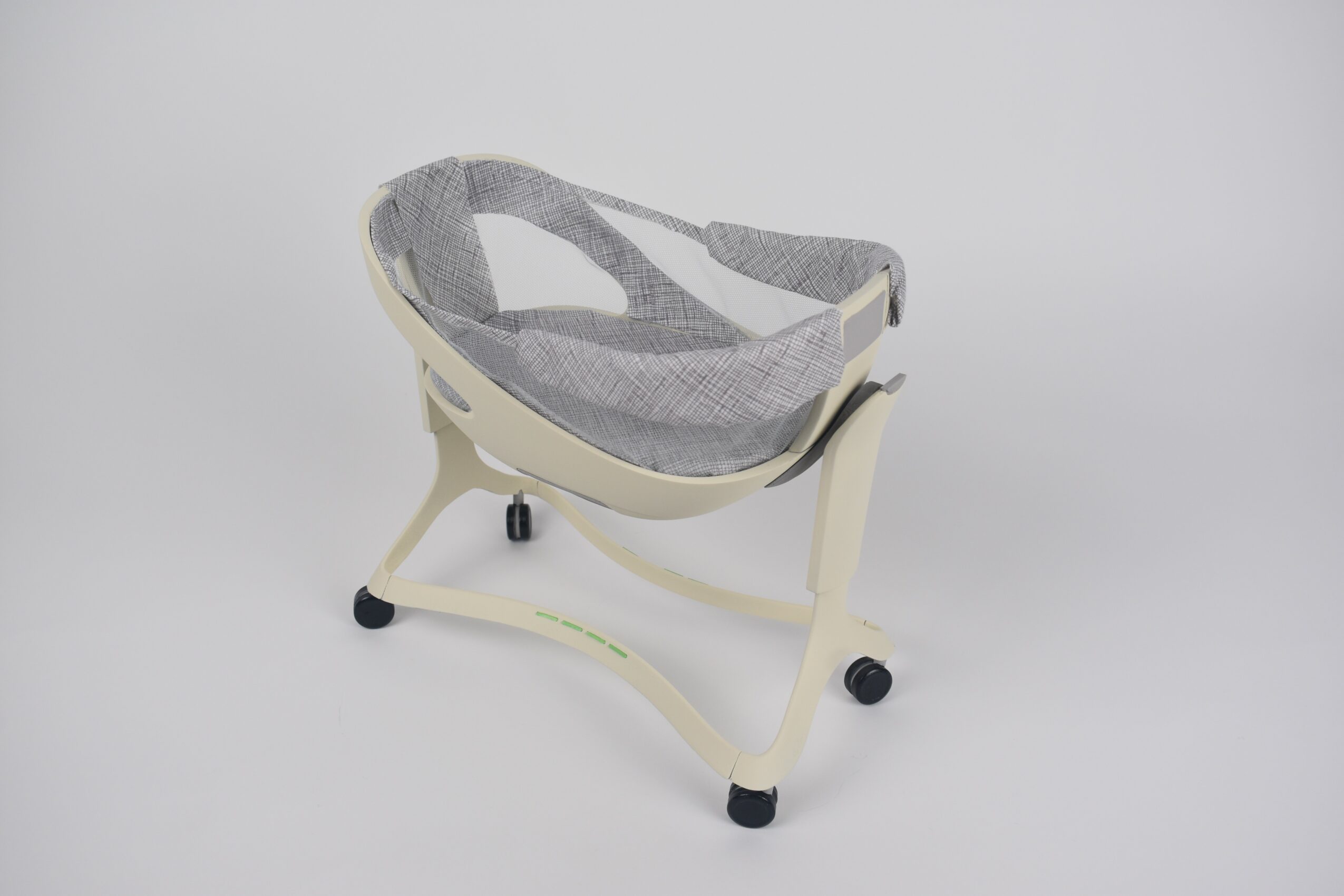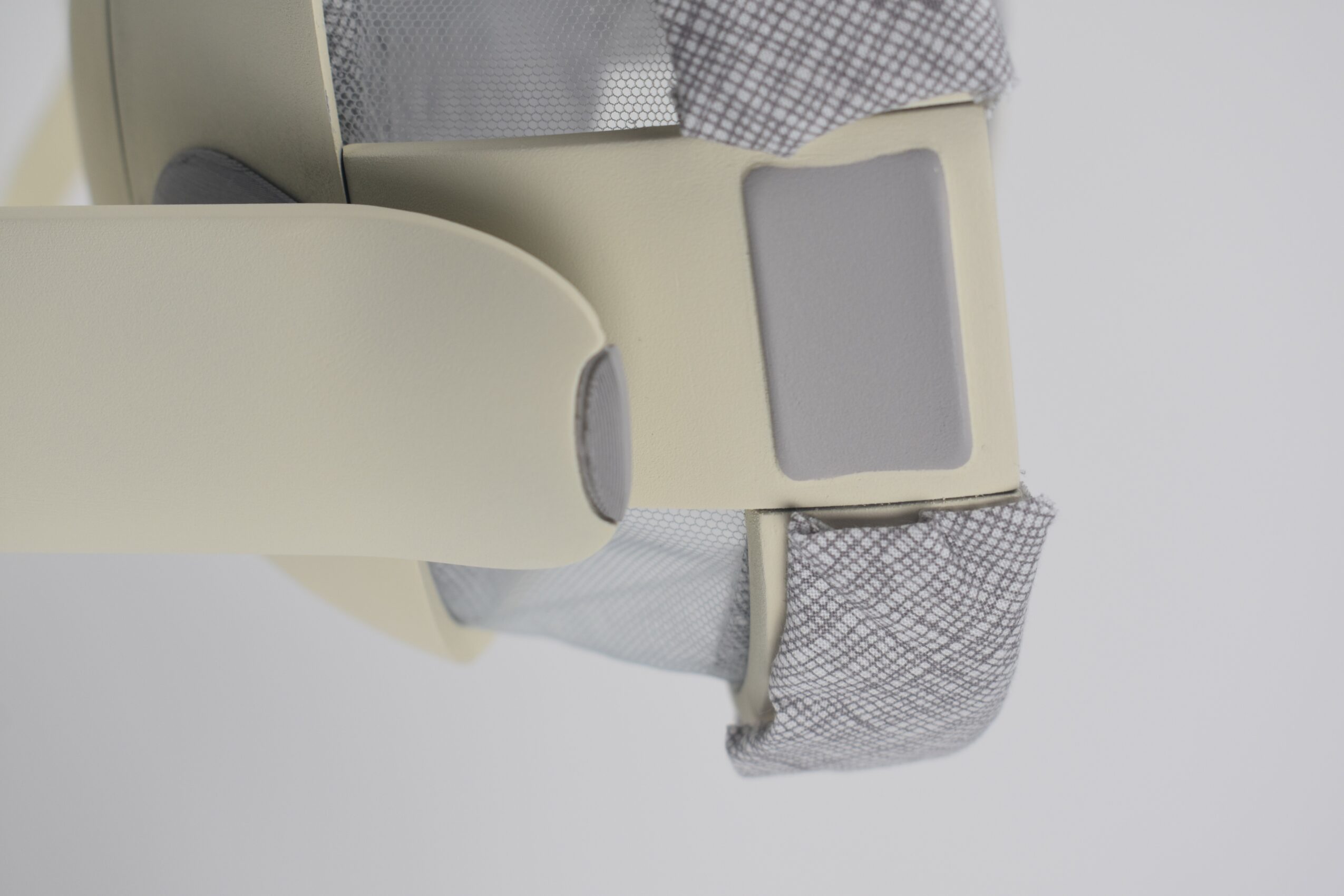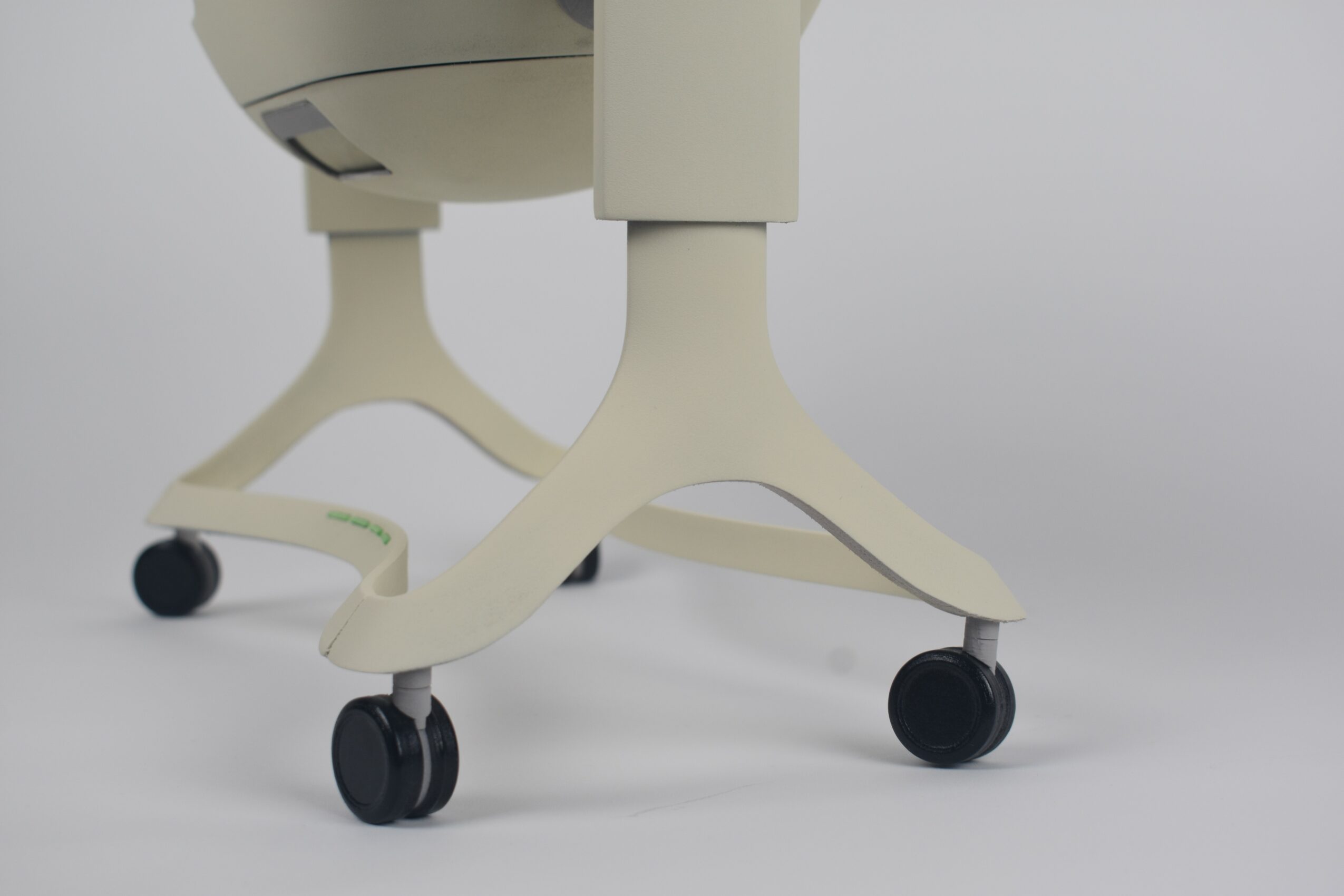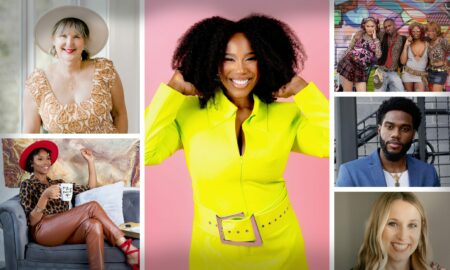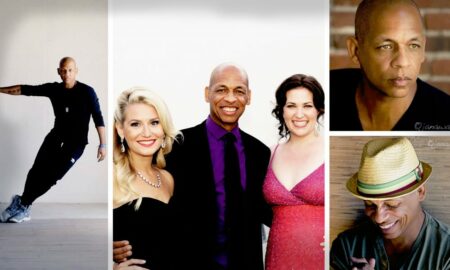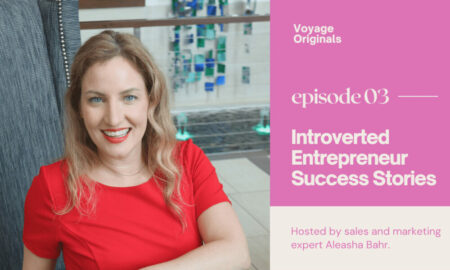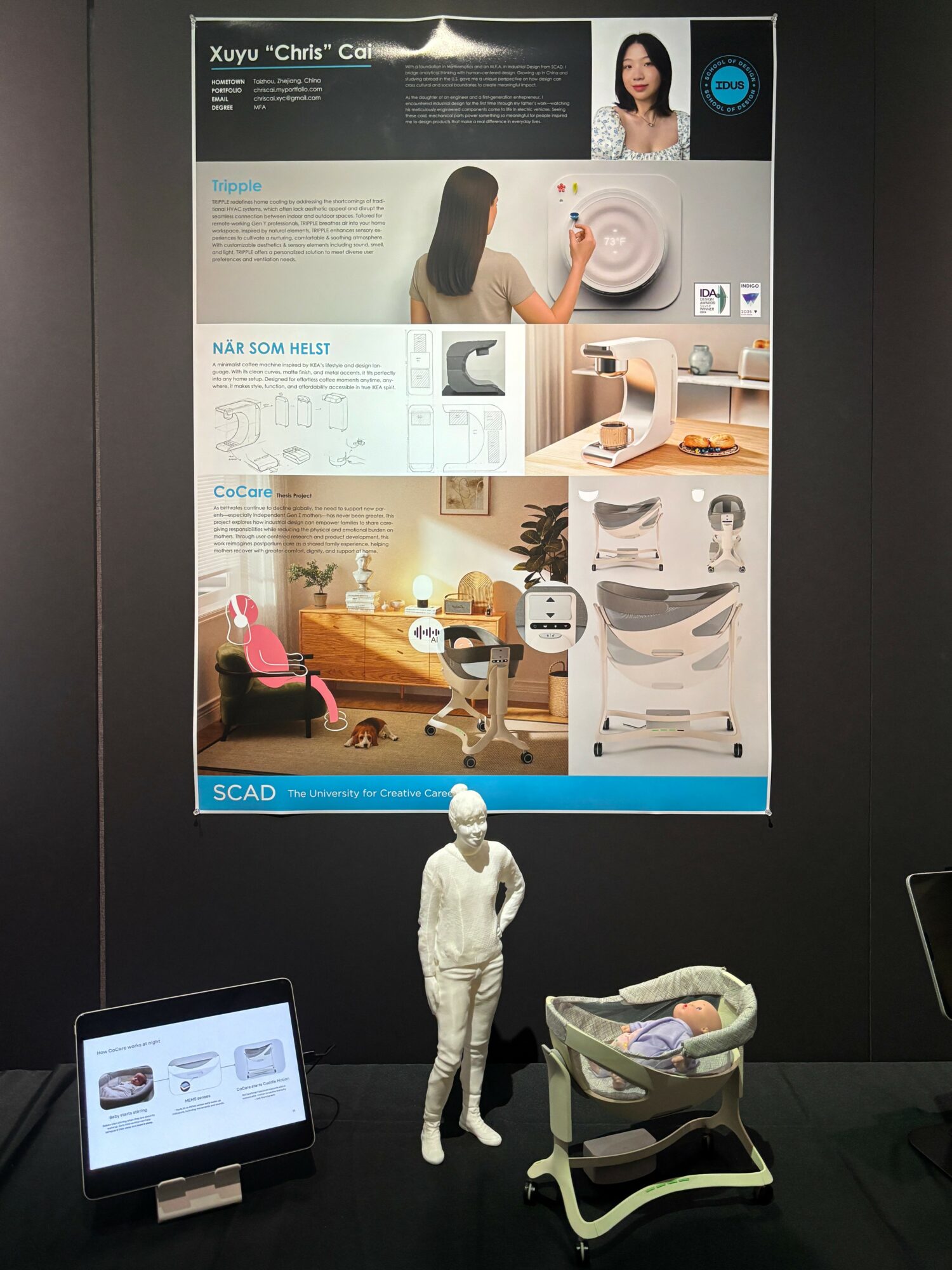

Today we’d like to introduce you to Xuyu Cai.
Hi Xuyu, so excited to have you on the platform. So before we get into questions about your work-life, maybe you can bring our readers up to speed on your story and how you got to where you are today?
When I was a child, I was always drawn to puzzle books filled with shapes, numbers, and patterns—I loved analyzing the clues and figuring out the answers. That habit shaped how I face challenges: I prefer to confront problems directly and explore different ways to solve them. This mindset naturally led me to study mathematics in college, where I honed my logical and analytical skills. After graduation, I spent two years working while reflecting on how to combine my strengths in problem-solving with my passion for creating tangible things. That journey led me to discover industrial design, a field that perfectly bridges analytical thinking and hands-on creativity.
Would you say it’s been a smooth road, and if not what are some of the biggest challenges you’ve faced along the way?
It hasn’t always been a smooth road. Transitioning from mathematics to industrial design was a big leap for me—I had to quickly adapt from a world of formulas and proofs to one that demanded creativity, visual communication, and hands-on prototyping. There was also a period after my undergraduate studies when I felt uncertain about my path and spent time questioning what I really wanted to do, which at times was frustrating compared to peers who seemed to have a clear direction. Even within design school, I faced challenges collaborating across disciplines and realizing that initial ideas often had to be reworked after user feedback. But those obstacles taught me resilience, adaptability, and how to embrace the process of iteration, which I now see as essential to both design and personal growth.
Alright, so let’s switch gears a bit and talk business. What should we know about your work?
I’m an industrial designer with a background in mathematics, which gives me a unique perspective in combining analytical thinking with creative problem-solving. My work often focuses on user-centered design—understanding people’s needs and translating those insights into tangible products that make everyday life easier. For example, my graduate thesis centered on postpartum recovery, where I designed a caregiving system that supports both mothers and partners, addressing not just physical recovery but also shared parenting. I’m most proud of projects like this because they tackle real human challenges with empathy and practicality. What sets me apart is my ability to bridge research and design: I can take complex data or feedback, find the hidden patterns, and turn them into solutions that are both functional and meaningful.
Where do you see things going in the next 5-10 years?
In the next 5–10 years, I see industrial design moving strongly toward health, wellness, and inclusive care. As societies become more aware of issues like women’s health, postpartum recovery, and shared parenting, there will be a greater demand for products and systems that truly support people through life transitions. At the same time, technology such as AI and connected devices will allow design to go beyond physical objects and create ecosystems that help families track, understand, and share responsibilities. Sustainability will also remain a key driver—not only in materials but in designing products that adapt and extend their use rather than being discarded. I believe the biggest shift will be seeing industrial design not just as making objects, but as creating empathetic, science-informed solutions that improve quality of life in very personal ways.
Contact Info:
- Website: https://chriscai.myportfolio.com/
- LinkedIn: https://www.linkedin.com/in/xuyuc6/
